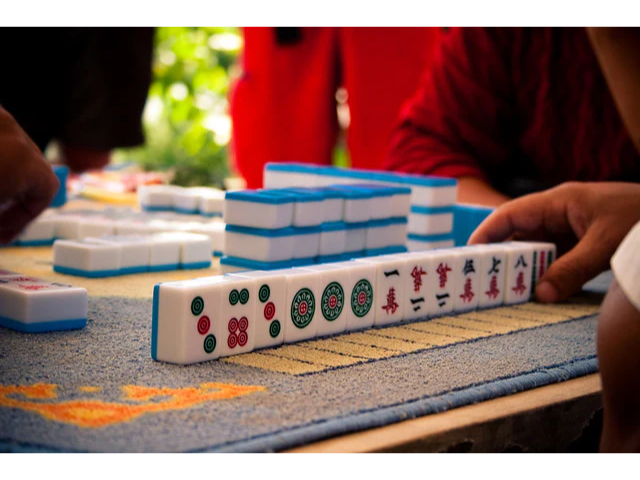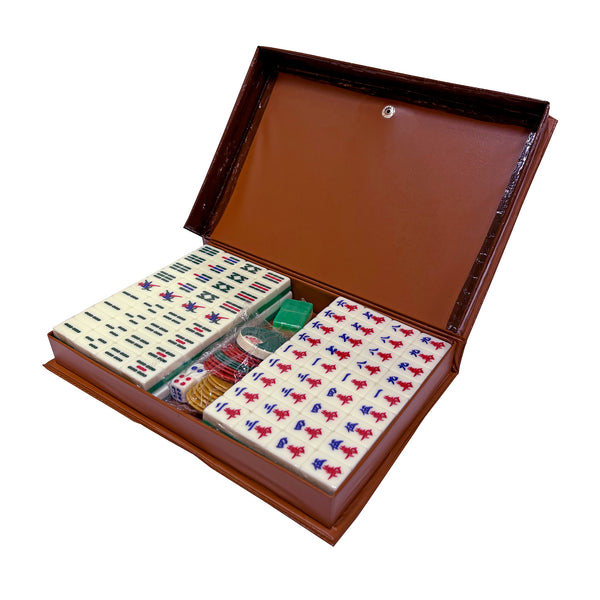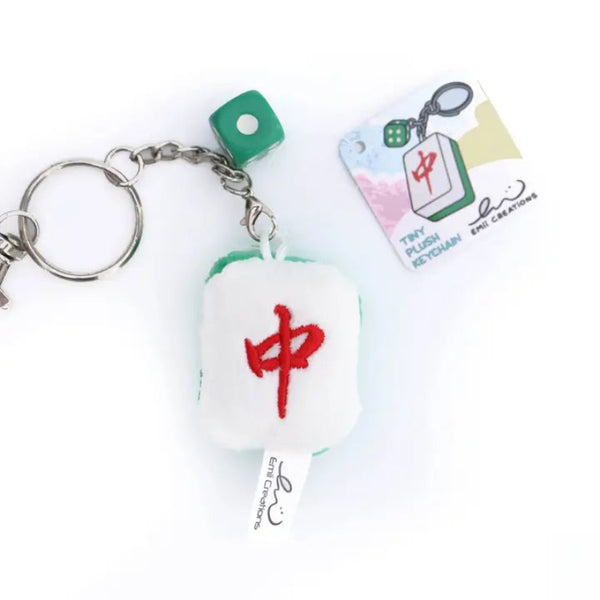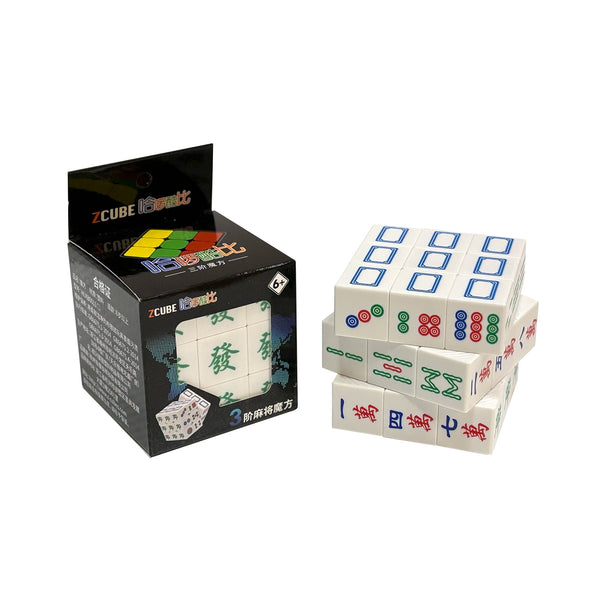
The Meaning of Mahjong
To generations of Chinese and Chinese diaspora — including many of us at Pearl River — mahjong is much more than just a game. It represents home, family, belonging, and of course multi-generational trashtalking. While the game today is played around the world by people of every ethnicity, its history and many points of symbolism should be learned and acknowledged by anyone who claims to love it.
For instance, did you know it was probably born near Shanghai in the 19th century? And that its original name was “sparrow,” named for the clacking bird-like noises of the tiles? Not only that, the tiles’ symbols are full of both historical and cultural significance.
Both the circles and bamboo represent ancient Chinese currency

The former represents a tong, a coin with a square hole in the middle, and the latter, strings of such coins.
That character under the numbers? That’s wan or 10,000

Wan is used in Chinese to express “the biggest number of possible” (hence, uttering “10,000 years!” to express the wish someone a long life).
The honor tiles are made of two different kinds of suits, the winds and the dragons

The “winds” are represented by the four directions, east, west, north, and south.

Meanwhile, the “dragons” are three symbols which embody aspects of archery, a "noble art" in ancient China. as well as virtues of Confucianism, the philosophy upon which traditional Chinese society was based:
- The red or hong zhong represents passing the imperial exam, a hit in archery, and benevolence
- The green fa, which comes from “fa cai,” meaning “strick it rich,” symbolizes an archer releasing their draw as well as sincerity
- The door-like symbol is the “bai ban,” or white door, which means freedom from corruption, a miss in archery, and filial piety
Each one is full of meaning and much more than just a pretty picture.
Want to play or just love the game? Check out our mahjong collection as well as a brief history of the game.
[Image: "Mahjong" by Alexander Savin (CC BY 2.0)]




